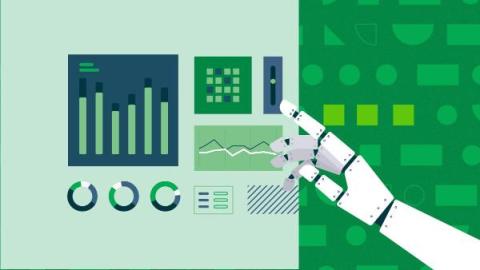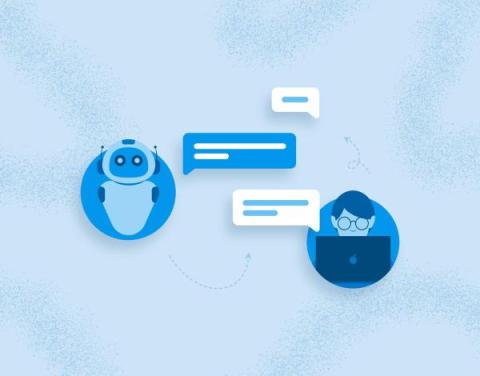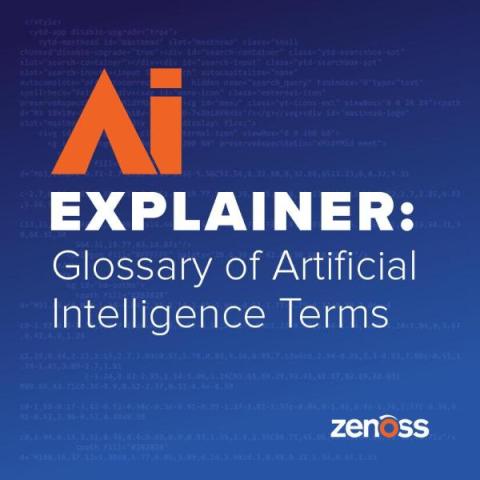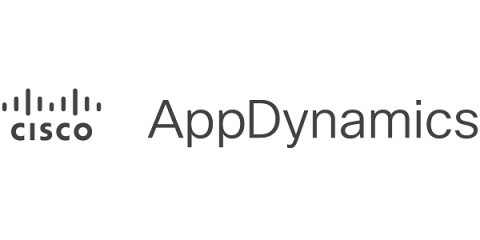Operations | Monitoring | ITSM | DevOps | Cloud
Latest News
Monitor your OpenAI usage with Grafana Cloud
In the ever-changing field of artificial intelligence, OpenAI is consistently seen as a leader in innovation. Its AI models, starting with GPT-3 and now with GPT-4, are already used extensively in software development and content creation, and they’re expected to usher in entire sets of new systems in the future.
Risks and rewards of generative AI for software development
Generative artificial intelligence (AI) is a form of AI that can create new, original content such as text, code, images, video, and even music. Generative AI-powered tools like GitHub’s Copilot and OpenAI’s ChatGPT have the potential to revolutionize the way you develop software, enabling you to be more efficient and creative. Used in the right way, generative AI can streamline workflows, accelerate development cycles, and unlock the potential for innovation.
AI and Photography: How Machine Learning is Transforming Image Editing
Effortless Engineering: Quick Tips for Crafting Prompts
Large Language Models (LLMs) are all the rage in software development, and for good reason: they provide crucial opportunities to positively enhance our software. At Honeycomb, we saw an opportunity in the form of Query Assistant, a feature that can help engineers ask questions of their systems in plain English.
AI Explainer: Glossary of Artificial Intelligence Terms
Artificial Intelligence: Friend or Foe?
From the science fiction fantasies of the mid-20th century to today's reality, AI's journey has been a blend of innovation and apprehension. As we contemplate the future of AI, it’s interesting to look back at the early days of AI, how far it’s come and what we might yet expect. AI has the potential to be of huge benefit but could be disruptive in the wrong hands, particularly in the realm of cybersecurity. A Brief History and Development of AI.
The Steps to Creating a Powerful Logo Design
AI for All: Codica's Vision in Development Services
Monitor and optimize your modern, AI-powered applications with Cisco AppDynamics
Learn how Cisco AppDynamics OpenAI API monitoring provides comprehensive insights that enable application owners and operations to optimize cost and monitor performance of OpenAI integrations. The rapid advancement of generative artificial intelligence (GenAI) has reshaped various industries and transformed the way we interact with technology. Companies across diverse sectors have fully embraced the power of GenAI to such an extent that it is now an integral part of the digital experience.











